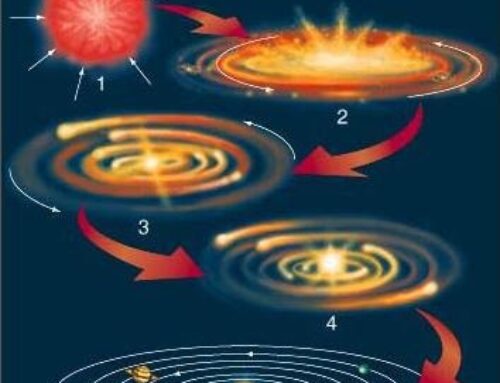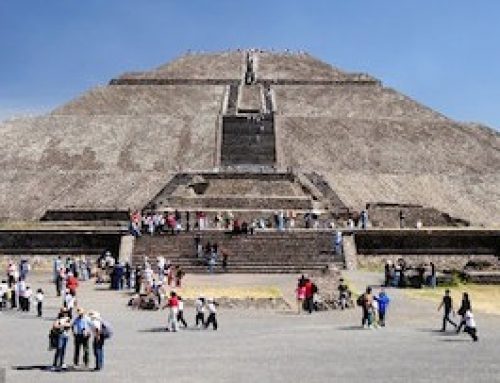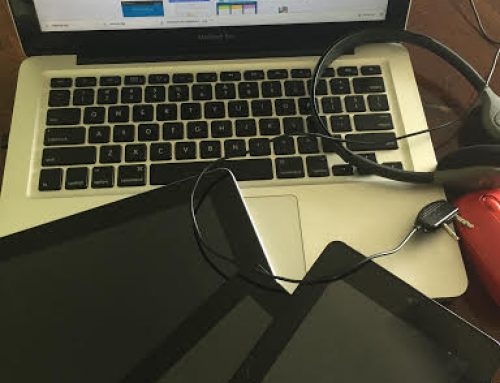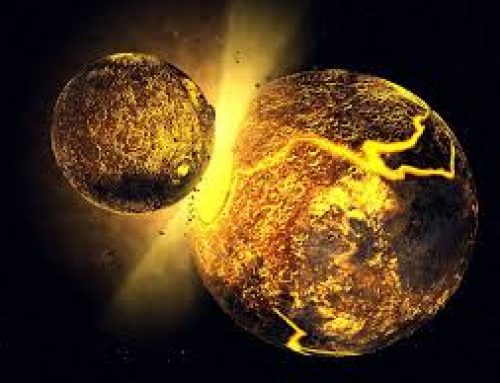Should We Explore The Universe With NASA?
Written by: Shoghi Kiva Enayati
Grade 6-School Year 2018-2019
Calvert Education
“To pioneer the future in space exploration, scientific discovery and aeronautics research.”
The Current Mission Statement of NASA
NASA’s goal is to be at the forefront of space exploration. We should continue supporting NASA in its mission to explore space. Some may think that NASA is not advancing in space exploration. In 1958, NASA began its mission. This administration has taken us to the moon, learned about space through satellites and the space shuttle program. NASA has explored Mars with the development of rovers and rockets. They have even created a laser-powered rocket! NASA is now turning to work with private companies in advancing space exploration. This shows that they are open to outside challenge and assistance. I believe that if we continue supporting NASA it will advance even more! That is why I think that we should continue supporting NASA. I believe this is true because of what we know on the structure of the universe, early astronomers, Kepler’s laws and the formation of our solar system.
Our universe can be described as all matter and energy. We now know Galaxies (a large collection of gas, dust, and stars that are held together by gravity) are found in clusters and superclusters. We also know about parts of the Universe called voids where there is very little matter found. Astronomers now believe that the universe is arranged like clusters of soap bubbles. What they believe is all the clusters and superclusters of galaxies are located on the soap film of the bubbles and the center of the bubbles are the voids. Taking into account the scale of these “bubbles,” it can take millions of years to cross it would take millions of years to cross the voids. Since we measure the universe in light years isn’t there a lot more to explore?

Gaileo
The work of many astronomers of the past demonstrates that exploration of space is important. There have been many different astronomers in the past. Some of them were Aristotle, Copernicus, and Galileo. Aristotle (384-322 BC) was the most believed astronomer of his time. Aristotle is known for his geocentric (Earth-centered) model of the solar system. He gave us a great start with his model. Copernicus (1473-1543 AD) developed a heliocentric (Sun-centered) model of the solar system but was not believed at the time. Galileo (1564-1642 AD) was an astronomer who understood that the Sun is the center of our solar system as well. He also is known for creating the Scientific Method. He is sometimes called the father of modern science. These early astronomers prove that our progress depends on our exploration. What if Copernicus never questioned the Aristotle theories, and what if Galileo never made all of his inventions! They prove the fact that we should constantly question and explore scientific theories.
Johannes Kepler lived from 1571 to 1630. Kepler is famous for his three laws of planetary motion: Theory one states that all  planets that orbit the sun, orbit it in an ellipse. Theory two explains that the sun is located on one side of the elliptical orbit. As the planet moves farther away from the sun in its orbit the planet slows down. As the planet swings around the sun, it speeds up its orbit. Theory three says the farther a planet is from the Sun the longer its orbit takes, the planet’s orbit speeds are directly related to its distance from the sun. He figured these things out 400 years ago without out the tools we have today! Imagine all the things we will discover as our technologies improve.
planets that orbit the sun, orbit it in an ellipse. Theory two explains that the sun is located on one side of the elliptical orbit. As the planet moves farther away from the sun in its orbit the planet slows down. As the planet swings around the sun, it speeds up its orbit. Theory three says the farther a planet is from the Sun the longer its orbit takes, the planet’s orbit speeds are directly related to its distance from the sun. He figured these things out 400 years ago without out the tools we have today! Imagine all the things we will discover as our technologies improve.

Nebular Theory
Our exploration in our solar system has given us the evidence to support theories such as the nebular theory. This theory states that a lot of gas and dust created a vapor that would form the sun’s birthplace. Cold temperatures caused the gas to clump together, growing slowly bigger. The biggest parts began to collapse. Gravity continued to collapse the dust and gas onto the small object, creating a star and a disk of material from which the planets would form. No one was here to take notes when our solar system was created. All we have are the clues left behind. Based on this, I say we should continue exploring space and find out how our universe and solar system were created.
Today on the news we found out that a scientist took the first ever picture of a black hole. All images of black holes before this photo were done with

Black Hole!
graphics. Based on this information provided, my opinion is that we should continue to support NASA. Many astronomers have studied hard and they have made great results. If we continue to support NASA then we will advance in space exploration. The universe is huge! We have millions and millions of light years to explore. We can explore our current scientific theories to learn more. All we have are the clues left behind. The photo taken today shows us that there is so much left to explore. Join me in supporting NASA in its mission in being the pioneer of space.











Shoghi:
What a wonderful well thought out article. I always learn something from the papers you write. Keep up the good work. Love, Grandma